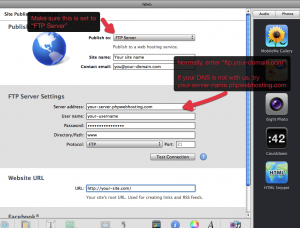Question:
How often should I expect downtime on a shared account versus a VPS?
Answer:
If you picked a random shared server, you could expect about one five minute outage every 5 months due to kernel upgrades. This is an average because there is no way to tell for certain when new (required – security related) kernels will be released. Think of a kernel update as a required security upgrade that needs a reboot to be installed.
On a shared server other outages are totally dependent on the machine itself and the hard to foresee mix of user websites loaded onto it. On a shared machine it is very hard to 100% stop a user with problems from affecting everyone else.
On a VPS you are in a much better position. You still have occasional reboots for kernel upgrades (we handle these automatically for you). All other parts of your server are totally private so you do not need to worry about other users causing downtime. As long as your own scripts do not cause out of memory and and other problems your VPS should run without issue.
